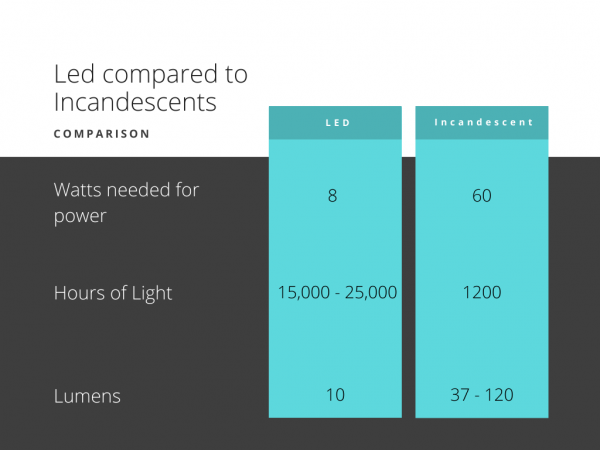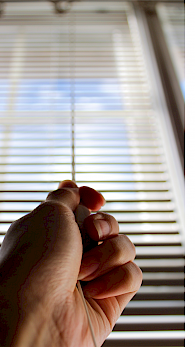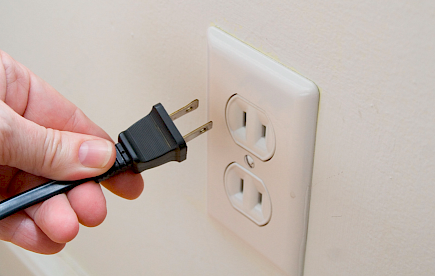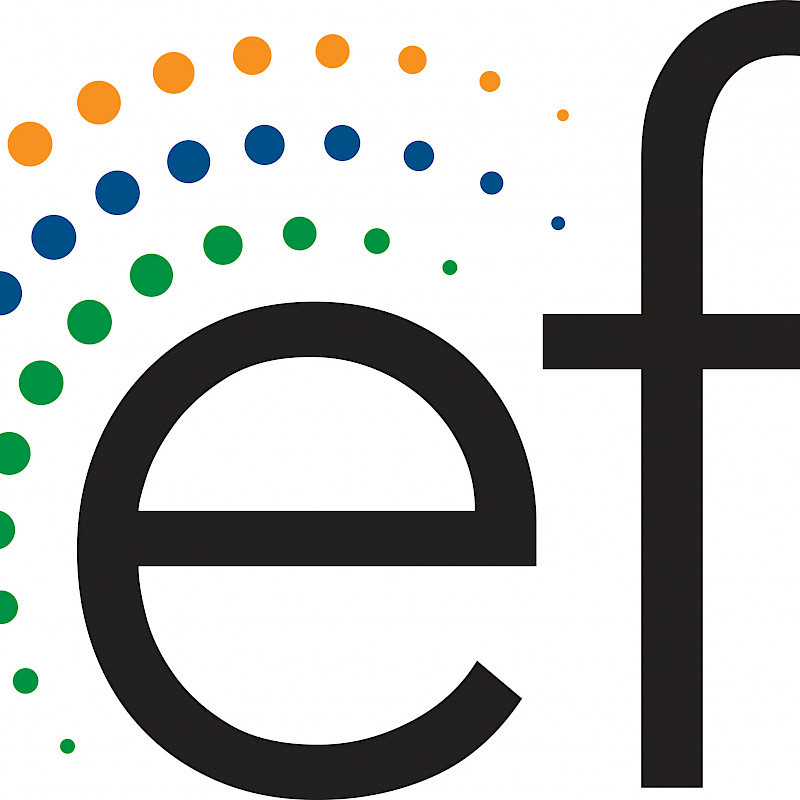Franklin Energy’s Product Division, AM Conservation, Agrees to Acquire Energy Federation, Inc.
10 Ways to Save Money on Your Electricity Bill This Summer
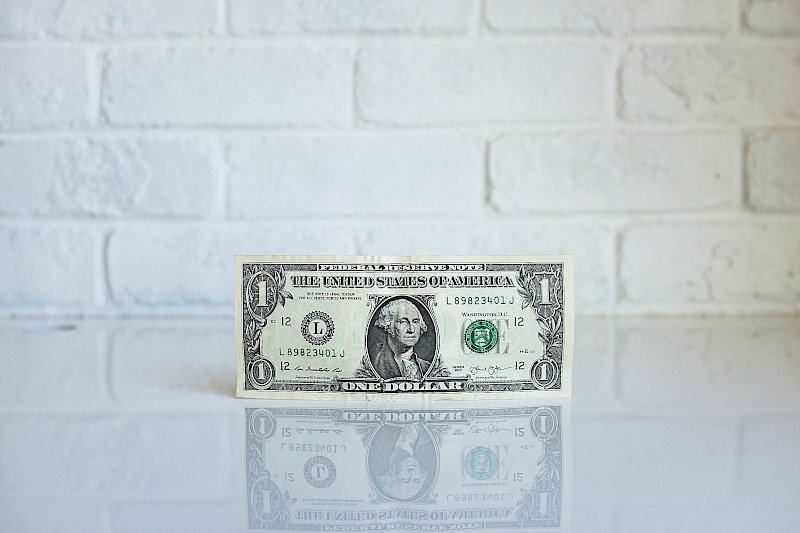 Energy Federation Incorporation
Energy Federation Incorporation
With summer quickly approaching, so are higher electric bills. As you likely know, our energy consumption during the summer is higher than in any other season. This is largely in part to our use of air conditioning and other high-energy use appliances in warmer weather. So, what we’ve done is compiled a list of ten ways to save you money on your electric bill this summer.
1. LED Light Bulbs
LEDs are a no-brainer. The chart below is an easy way to visualize the comparison between traditional incandescent bulbs and LEDs.
LEDs require only 13.3% of the energy it takes to power an incandescent bulb to create the same amount of light. Now you might be wondering how, and it comes down to how efficient LEDs are at creating lumens. On average, LEDs create between 37–120 lumens/watt, whereas incandescent only creates 10. This means that LEDs are between 370-1,200% more efficient at creating lumens than the traditional bulb. Their lifespan is also 12.5 - 20x that of an incandescent light bulb. There really is no reason to be still using incandescent. A great set of bulbs to look into are TCP's Globe Bulbs. They’re ENERGY STAR certified products, 90% more efficient than incandescent, and they last for between 15,000 - 25,000 hours of light.
Here’s a link: TCP 5W Bulb
2. Smart Thermostats
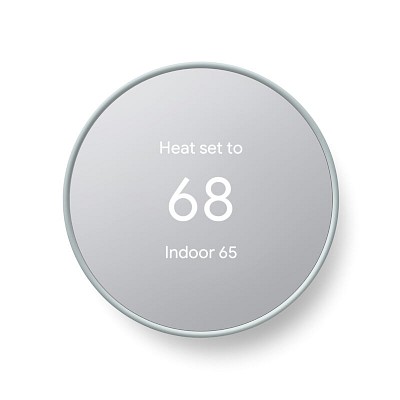
Heating and cooling are responsible for 48% of energy use in our homes, and if you aren’t using a smart thermostat, you’re leaving savings on the table. Traditional thermostats require manual adjustments, and programmable thermostats heat your home between specific programmed periods. Now, Smart thermostats are optimized to learn your heating and cooling patterns to program themselves for both maximum comfort and maximum efficiency. They also can save you up to 10% on your heating systems, and 15% on your cooling systems. Smart thermostats use motion sensors, Geo-Tracking, and monitor the temperature outside to maximize efficiency for your system. So, when you’re not home, and the system doesn’t need to be on, it’s not. A great thermostat that will get you right on track is the Google Nest
Here’s a link: Google Nest
3. Smart Power Strips
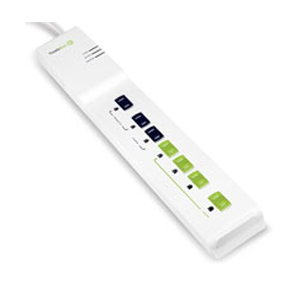
An article published by Business Insider states that each month, Americans waste 283 kWh of energy. Totaling about 3.4 MWh and $475 wasted each year (based on the U.S average of $0.1319 /kWh). Smart power strips are a step in the right direction of cutting down on wasted energy. Smart power strips give you the ability to only distribute power to the slots that are in use. This means that the slots that aren’t in use are going to be turned off, unlike traditional power strips that Power every slot regardless of their use. With certain smart power strips, you also have the ability to link them together. For example, if you have a device system, like television with speakers, you can set up your power strip to cut off the power to connected devices. So, for example, if you have a television connected with surround sound or other devices on the same power strip, once you turn off the television, all of the connected outlets on the power strip will no longer be pulling energy.
Here’s a link: TrickleStar 7-Outlet
4. Turning Off Lights You're Not Using

Turning off the lights in your house may seem like a basic way to save energy, but it really works. This also relates to using LEDs. The longer you leave an inefficient light bulb on, the more that you’re going to exponentially lose for its inefficiency. Whereas if you turn the lights off, you’re obviously not paying for the wasted energy.
In the average American home, there are about 67 lights, and for every hour that your lights are in use, it costs about $.012. If we multiply that by the average amount of lights in an hour, that's about $.80/hour, $20 a day, and $7,043 per year. Although you’re obviously going to be using every single light in your house at all times, you can see how turning your lights off when you’re not using them can add up to significant savings over time.
5. Keep AC Units Unobstructed and Clean
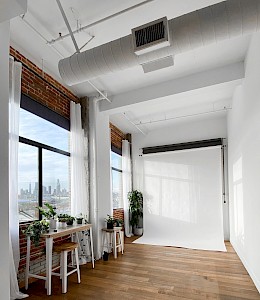
Heating and ventilation units are meant to be in open, and clear spaces where they have some room to breathe. When obstructed, the system isn't able to efficiently distribute air, leading to inconsistencies in temperature throughout the house. For example, a common obstruction we've seen is furniture in front of an indoor vent. When there's furniture in front of a vent, all of the hot and cool air is pumped directly into the piece of furniture that is likely acting as a heat sink for the vent it's blocking. In turn, making you turn up or down your system to combat these inefficiencies. Costing you more money. Here’s an article that talks more about how your heating and ventilation systems should be operated.
Another very important part of making sure your AC unit is running efficiently is keeping it clean. As you can imagine, the outdoor unit of your AC system intakes all sorts of dust, dirt, and debris throughout the year. This clogs the fins inside the unit and makes it harder for air intake. In turn, making it less efficient. This is why it is important to take some time every year to clean your unit. You can either do it yourself by buying the supplies from your local home improvement retailer or hire a professional to do it. Either way, it is going to save you money throughout the summer if your AC unit is clean and able to operate with maximum efficiency.
Link: Common Air Duct Obstructions
6. Use Blinds for Heat Control
All year, sunlight passes through our windows and generates solar heat. Although this can be helpful during the winter, it can be a burden in the summer. A standard double-pane window allows nearly three-quarters of the sun’s heat to enter your home. As you can imagine, this increases your household temperature and results in an increased need for AC. Now, It may seem like a simple solution, but keeping your blinds shut can really lower the amount of solar heat transmitted through your windows. An article by Consumer Report quotes the Department of Energy and says that “ … smart management of window coverings can reduce heat gain by up to 77 percent.” I’ve linked the Consumer Reports Article Below
Link to article: Consumer reports article
7. Energy Star Products
ENERGY STAR appliances can save you a lot of money, especially if you are using older, outdated products. ENERGY STAR certified products deliver 10-50% savings when switching from traditional appliances. If we take a second to think about how an Appliance can save so much, it really makes sense. Let’s use the example of incandescent light bulbs. 90% of their energy is used to heat the bulb, and 10% of their energy is used to generate light. Traditional appliances and products were not made to be energy efficient, and as technology has advanced over the years, so has the level of efficiency for most home appliances and energy products.
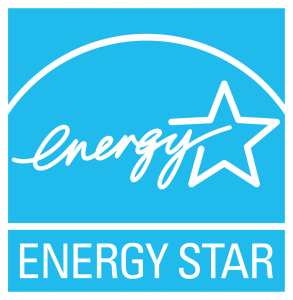
For a product to be certified as an ENERGY STAR product, it has to meet these specifications:
-
Product categories must contribute significant energy savings nationwide.
-
Certified products must deliver the features and performance demanded by consumers, in addition to increased energy efficiency.
-
If the certified product costs more than a conventional, less-efficient counterpart, purchasers will recover their investment in increased energy efficiency through utility bill savings, within a reasonable period of time.
-
Energy efficiency can be achieved through broadly available, non-proprietary technologies offered by more than one manufacturer.
-
Product energy consumption and performance can be measured and verified with testing.
-
Labeling would effectively differentiate products and be visible to purchasers.
List via: energystar.gov
By purchasing ENERGY STAR products, you’re not only saving yourself money on your energy bill, but you’re supporting a program that is run by the EPA and the Department of Energy. Both of which are programs that are focused on bringing us to a sustainable future of energy generation and use.
8. Natural Ventilation

Natural ventilation is a great way to keep your house cool without your air conditioner. If you’re wondering what Natural ventilation is, it’s the circulation of outdoor air throughout your house. When the windows and doors inside a house are open, the air can naturally flow through the house, properly allowing cool outdoor air to circulate and cool down your house. You also get the benefit of having fresh air circulated throughout your house.
9. Unplug Devices That Aren't In Use
As we talked about a little earlier, Americans waste 283 kWh of energy each month. Totaling 3.4 MWh and $475 wasted each year. Devices that are left plugged in play a huge role in this wasted energy. When we look at energy the use of our devices, on average, only 25% of that energy is actually from when we are using the devices. The resulting 75% of the energy pulled from the device is phantom power. Phantom power is the energy pulled from a device when it's idle, or in other words, not in use. If you take a minute to think about how many devices are plugged in throughout your house, you start to realize how inefficient it is to be powering them all the time if 75% of their energy consumption is when they’re in Idle. Simply turning off unplugging devices in your house can save between you $100 - $200 every year.
10. Use Fans Instead of AC
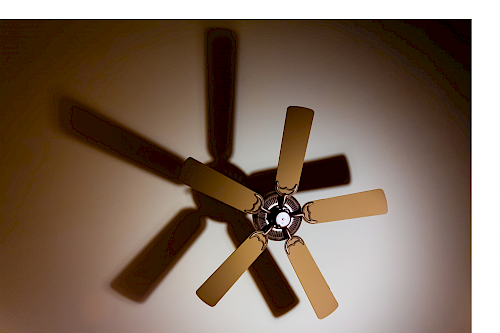
Ceiling fans are incredibly efficient when compared to Air Conditioning Units. An article published by Ygrene states that it costs about $0.36/hour to operate an AC unit while it costs only $0.01/hour to operate a ceiling fan. Now, I’m not saying to turn off your AC entirely. Rather take this knowledge with you to think about using your ceiling fan more often. There will certainly be times when you need to use your AC unit during the heat, but when it comes down to saving money, your ceiling fan is 1/36 the cost of using your AC unit per hour.
Sources:
https://www.destinationlighting.com/fliptheswitch/led-vs-incandescent-watts-better/#:~:text=A%2060%2Dwatt%20incandescent%20bulb,the%20same%20 amount%20of%20light.
https://www.youtube.com/watch?v=Cqbom6BUoSQ
https://learn.pjm.com/three-priorities/keeping-the-lights-on/how-energy-use-varies
https://www.stouchlighting.com/blog/light-comparison-led-lighting-vs-incandescent-lighting
https://www.youtube.com/watch?v=5WfG13DcIwg
https://www.businessinsider.com/us-wasted-food-water-energy-per-person-2016-3
https://www.electricchoice.com/electricity-prices-by-state/#:~:text=The%20average%20electricity%20rate%20is,is%2013.31%20cents%20per%20kWh.
https://www.fortnightly.com/fortnightly/2015/12-0/how-many-lights-home-energy-dept-counted#:~:text=While%20the%20average%20for%20all,as%20a%20multi%2Dfamily%20home.
https://sciencing.com/turning-off-lights-save-energy-2384.html
https://sciencing.com/turning-off-lights-save-energy-2384.html
https://marmottenergies.com/much-sun-heat-house/
ENERGY STAR Post
https://www.energystar.gov/products/how-product-earns-energy-star-label
https://blog.directenergy.com/should-you-unplug-appliances-when-not-in-use/
https://www.takecontrolandsave.coop/welcome-to-our-blog/posts/2020/october/phantom-energy-load/#:~:text=The%20U.S.%20Department%20of%20Energy,the%20products%20are%20turned%20off.
https://ygrene.com/blog/property-improvements/energy-saving-ceiling-fans-fact-or-fiction#:~:text=Let's%20do%20the%20math.,combined%20with%20an%20air%20conditioner.
Subscribe
Resources
Latest Updates
Customer Testimonials
Lets Talk!
Reach your customers & Exceed your goals
Contact EFI